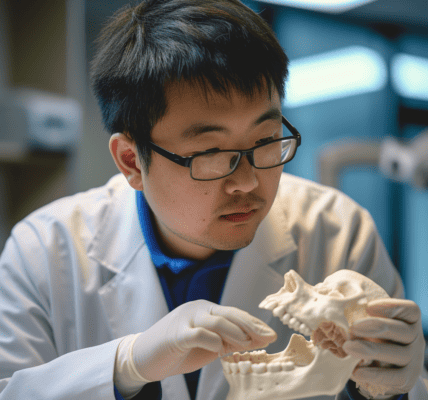In a surprising discovery, researchers have found evidence suggesting that squirrels may have played a role in spreading leprosy to humans during medieval times. The study, conducted in Winchester, southern England, analyzed human and red squirrel bones from archaeological sites and identified closely related strains of the bacteria that causes leprosy.
Leprosy, a chronic infectious disease affecting the skin, nerves, and mucous membranes, was believed to have been transmitted between humans and red squirrels in the Middle Ages. While leprosy has not been reported in the UK for 70 years, it remains endemic in various parts of the world.
Armadillos are known carriers of leprosy and are suspected of transmitting the disease to humans. Although some modern red squirrels in the UK have been found to carry leprosy, the risk of transmission to humans is considered very low.
Researchers were surprised to discover leprosy in both modern and medieval squirrels, challenging the traditional belief that leprosy was exclusively a human disease. The shared strain of leprosy between humans and squirrels suggests a previously undetected circulation of the disease between people and animals in the medieval period.
In medieval England, red squirrels were popular as pets and their fur was commonly used to line and trim clothing. The study examined 25 human and 12 squirrel samples, with human remains from a Winchester leprosarium and squirrel remains from a pit used by furriers.
Leprosy, one of the oldest recorded diseases in human history, continues to affect populations in Asia, Africa, and South America, with over 200,000 new cases reported annually. The exact method of leprosy transmission remains unclear, but it is believed that prolonged, close contact with untreated individuals over an extended period is necessary for the disease to spread.
This groundbreaking research sheds new light on the complex history of leprosy and highlights the potential role of squirrels in the transmission of the disease during medieval times.





